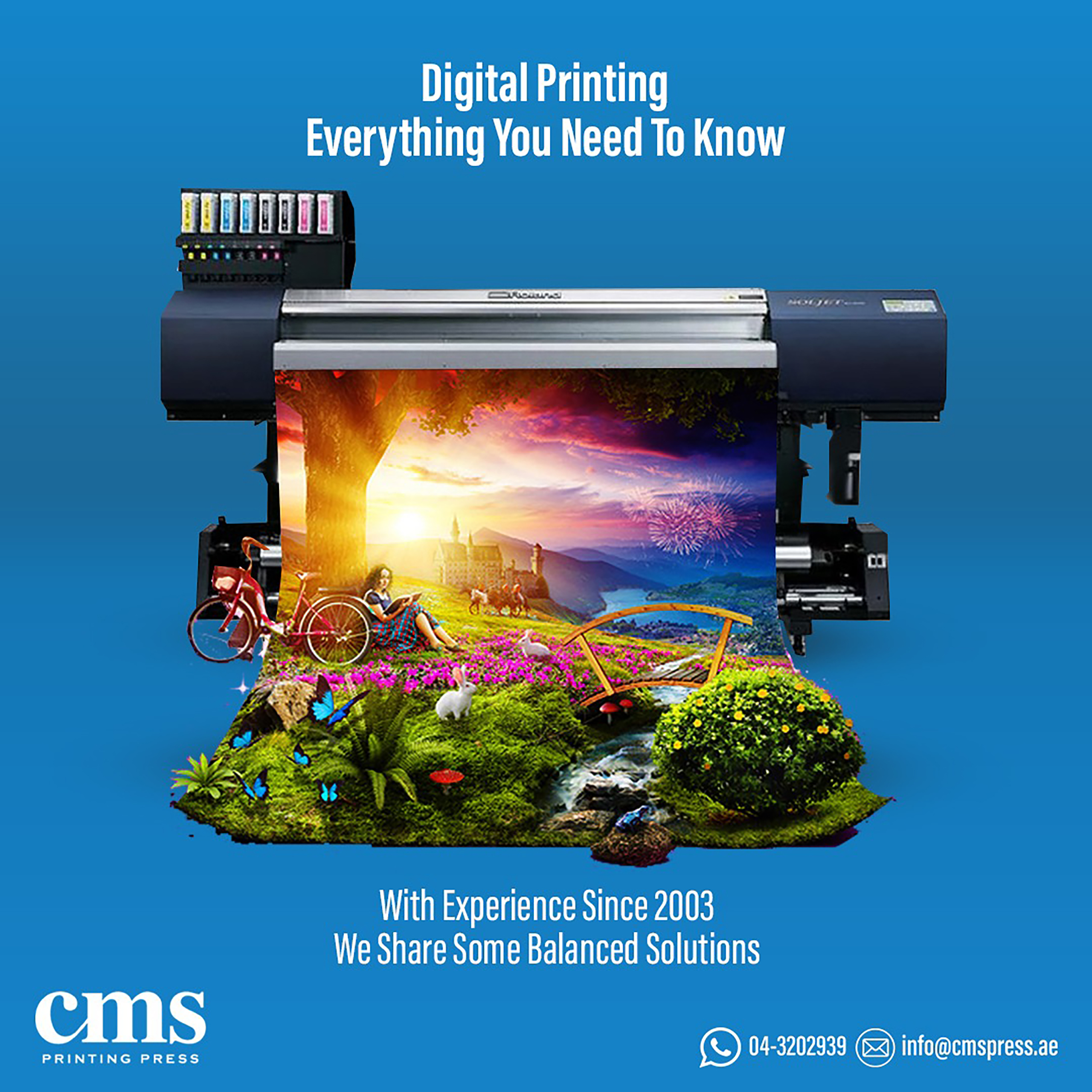Uncover the advantages and disadvantages of launching a print on demand shop through eCommerce.
Understanding Just How Digital Printing Transforms the Printing Sector
The printing industry, long steeped in typical methods, is going through an extreme transformation with the development of electronic printing. This innovative innovation, which avoids the demand for printing plates, allows fast manufacturing and customization, reshaping the landscape of print communication. With its prospective to stimulate involvement through customized material and to use lasting solutions, it's clear that digital printing is more than a technological development; it's a crucial video game changer. But how exactly does it transform the market? Allow's discover.
The Development of Digital Printing: A Short Summary
Since its inception, electronic printing has actually gone through significant transformations, continually changing the printing sector. Its development started with the growth of xerography in the mid-20th century, a procedure which laid the groundwork for laser printers. With the advent of the 90s, electronic printing innovation began to grow, and the market witnessed the intro of direct imaging presses, which eliminated the demand for printing plates. As the new millennium unravelled, developments in technology better spurred the development of electronic printing, resulting in the creation of high-speed inkjet printers. These tools used superior top quality and speed, for life altering the landscape of the sector. Today, digital printing stands as a testimony to human advancement, continually advancing to satisfy the ever-changing demands of the contemporary globe.

Unpacking the Modern Technology Behind Digital Printing
Digging into the details of electronic printing technology, one runs into a rich tapestry of advanced equipment and complex formulas. At the heart of this process exists a digital photo, which is processed by software program that splits it right into a grid of dots. These dots are then transformed into an electronic code. This code is interpreted by the printer, which utilizes it to precisely transfer droplets of ink onto the substrate. The beads are so small and specific that they create a photo that is practically tantamount from the original. This detailed system, reinforced by innovative software and high-resolution imaging, has actually changed the landscape of the printing market, leading the way for unmatched degrees of information and accuracy.

The Advantages of Digital Printing for Organizations
Understanding the modern technology behind digital printing gives a clear image of its accuracy and detail. For organizations, this translates right into numerous benefits. Electronic printing offers unmatched rate, enabling companies to fulfill tight due dates without endangering on high quality. Next off, it lowers costs as there are no plates or physical configuration, making it excellent for small-volume printing tasks. This innovation supplies superior consistency with each print output, getting rid of variants usually seen in traditional methods. Digital printing is environmentally friendly, using less ink and producing less waste. However, the full potential of digital printing is realized when used for personalization and personalization, a topic that will be covered comprehensive in the next area.
The Role of Digital Printing in Customization and Personalization
While typical printing techniques deal with modification and personalization, electronic printing masters these areas. It permits for the simple alteration of layouts, without the requirement for costly and time-consuming plate adjustments (print on demand). This allows companies to customize products to individual consumers, conference certain needs and boosting client fulfillment
Digital printing additionally enables for variable information printing, where elements such as message, graphics, and images may be transformed check my reference from one printed item to the following, without decreasing the printing procedure. This is particularly beneficial for direct advertising and marketing projects, where customized messaging can redirected here dramatically enhance action prices. By doing this, electronic printing not just revolutionizes the printing market yet also transforms the method organizations communicate with their clients.
Evaluating the Ecological Impact of Digital Printing
Although digital printing has been lauded for its duty in personalization and customization, it is critical to analyze its ecological influence. Digital printing can be less wasteful than conventional techniques, because it operates a 'print as needed' basis, removing the demand for huge print runs that can cause surplus and waste. Additionally, it uses less chemicals and generates much less volatile organic visite site compounds (VOCs) compared to offset printing. Nevertheless, the energy usage of digital printers can be high, resulting in boosted carbon footprint. Furthermore, the use of non-recyclable printing components and the challenge of e-waste management posture substantial ecological worries. While electronic printing has lots of advantages, its environmental influence needs to be conscientiously taken care of.
Final thought
Finally, digital printing has actually transformed the printing sector, using rapid, economical, and premium solutions. It assists in customization, boosting consumer interaction, and uses a sustainable print-on-demand version. As this technology remains to evolve, its effect on business communication, consumer contentment, and environmental sustainability ends up being significantly profound. Comprehending these adjustments is important for organizations to leverage the advantages of electronic printing effectively.